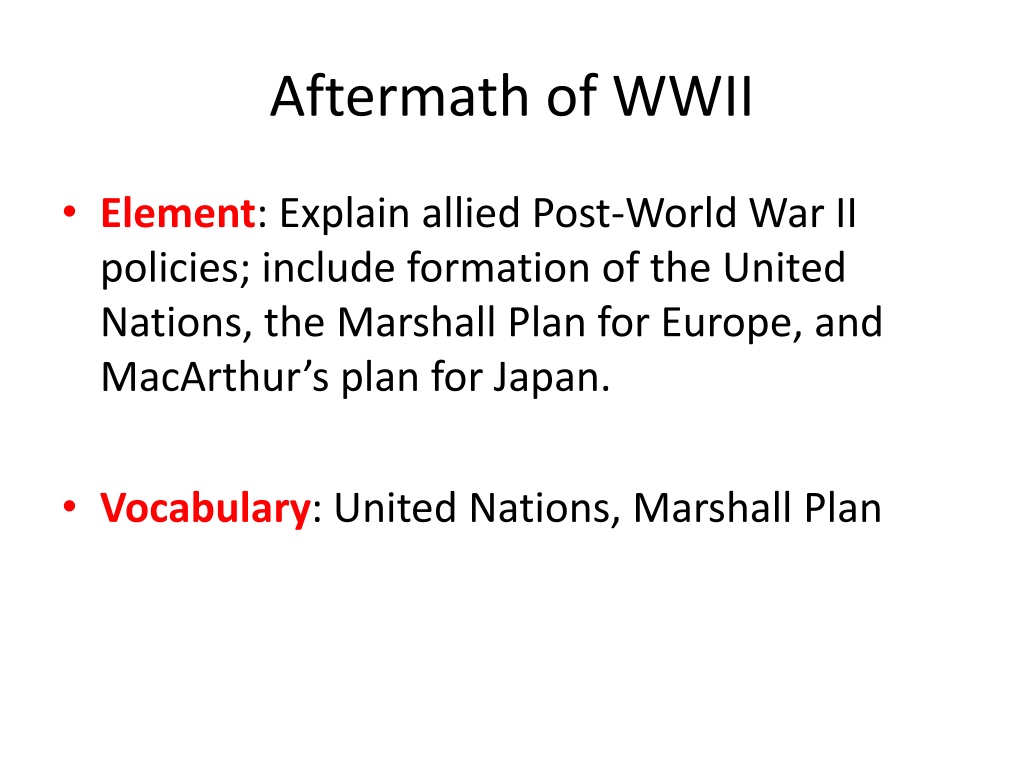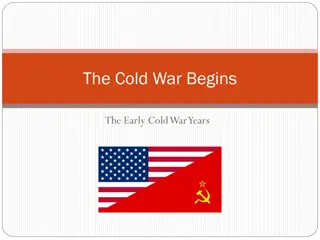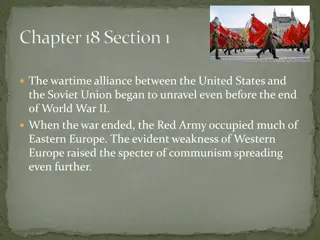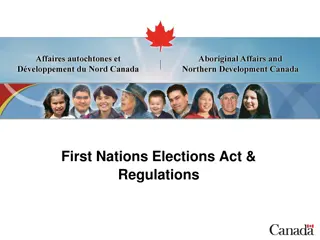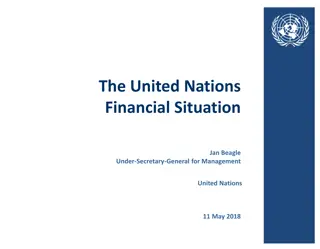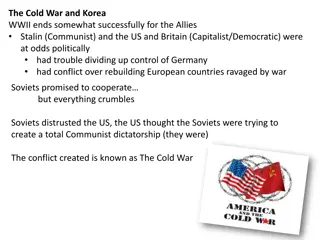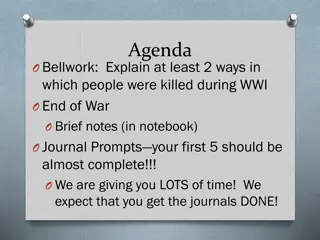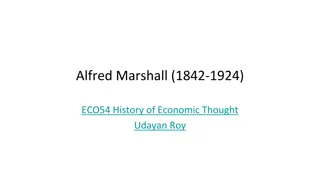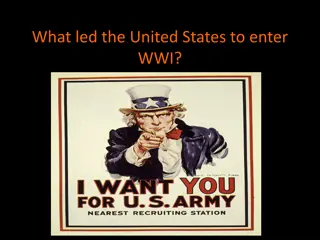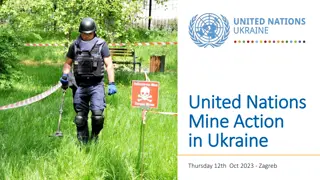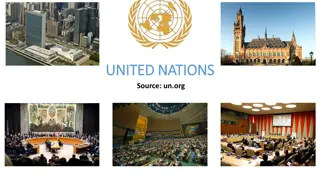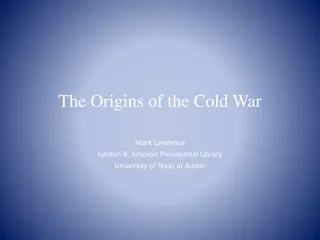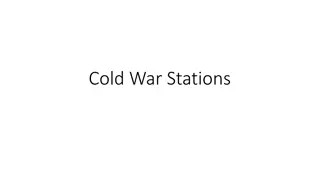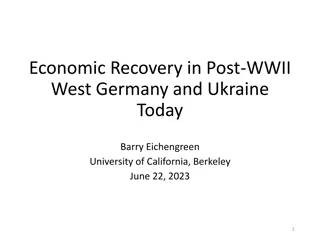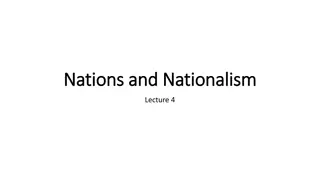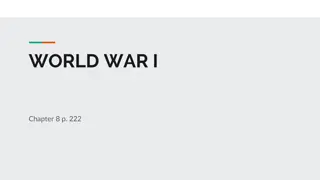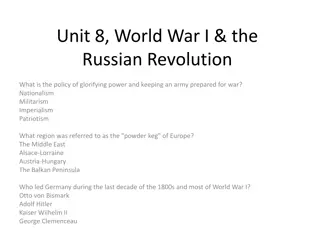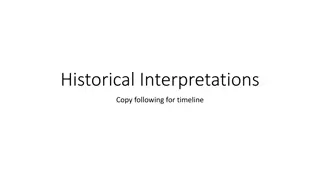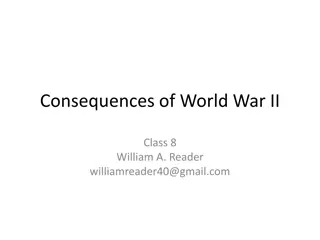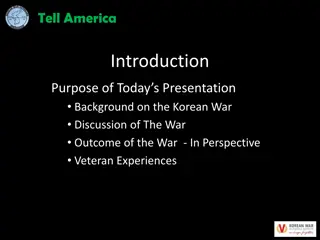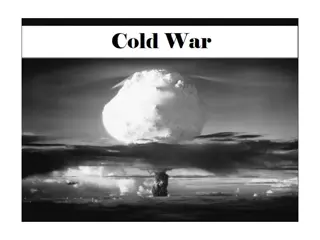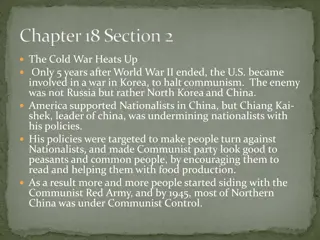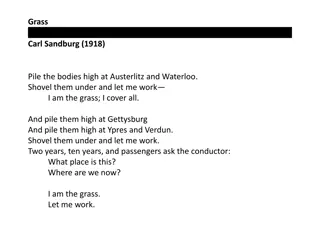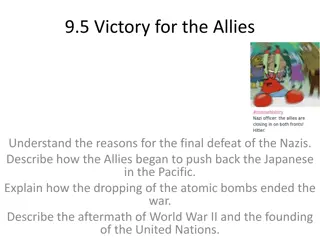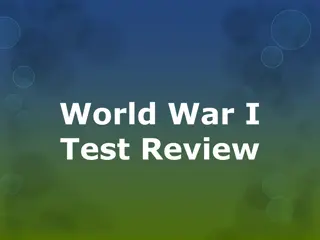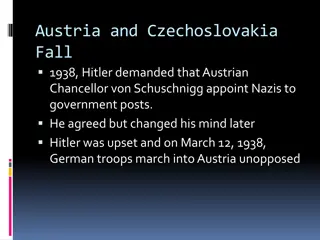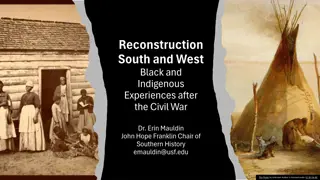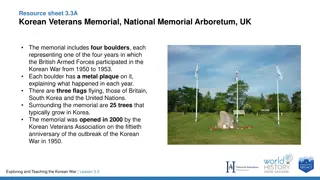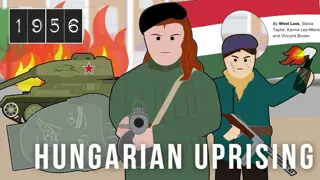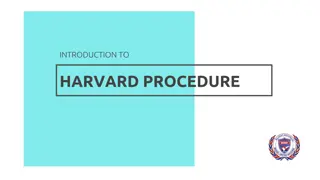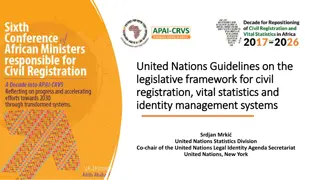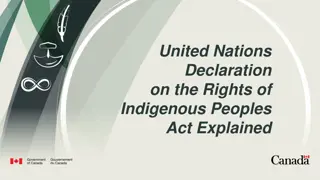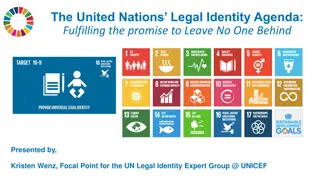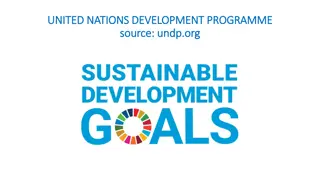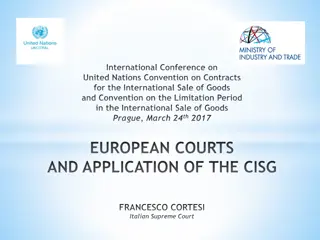Post-World War II Policies: United Nations, Marshall Plan, and MacArthur's Plan
Following the aftermath of World War II, allied nations implemented various policies such as the formation of the United Nations, the Marshall Plan for Europe, and MacArthur's plan for Japan. Post-war Europe faced severe devastation, leading to the need for international peacekeeping efforts and economic development. The Nuremberg Trials addressed crimes against humanity, and the United Nations became a crucial organization for promoting global cooperation and addressing global challenges.
Download Presentation

Please find below an Image/Link to download the presentation.
The content on the website is provided AS IS for your information and personal use only. It may not be sold, licensed, or shared on other websites without obtaining consent from the author. Download presentation by click this link. If you encounter any issues during the download, it is possible that the publisher has removed the file from their server.
E N D
Presentation Transcript
Aftermath of WWII Element: Explain allied Post-World War II policies; include formation of the United Nations, the Marshall Plan for Europe, and MacArthur s plan for Japan. Vocabulary: United Nations, Marshall Plan
Post-war Europe Description: London, Warsaw, Berlin suffered terrible destruction War torn cities had displaced agriculture Spread of famine and disease Missing able bodied men to plant fields First winter after the war there was no food, shoes or coats
Post-War Europe Nuremberg Trials: International Military tribunal representing 23 nations that lasted from 1945 to 1946 in Nuremberg, Germany trials on crimes against humanity those found guilty were executed and their bodies were cremated at the concentration camp Dachau
What was Europe like after the war? Discuss with an elbow partner. Be prepared to share what your partner shared with you!
Formation of the UN League of Nations United Nations Purpose: International peacekeeping Purpose: International peacekeeping Years of Service: 1919-1946 Years of Service: 1945- Member Nations: 23 nation members Member Nations: 192 nation members
Formation of the UN League of Nations United Nations Accomplishments: Health and economic advancements; failed to prevent World War II and was the reason for disbanding Accomplishments: Economic development and environmental protection
The United Nations June 1945, 48 nations join together forming this international peace keeping body General Assembly: all member nations meet, 1 vote per nation Security Council: 11 members, 5 permanent members (U.S., Great Britain, U.S.S.R., France, and China) The real power of the UN
Stop and Think! What is the purpose of the UN? What is the difference between the League of Nations and the United Nations?
Soviets Build a Buffer Nations: Albania Bulgaria Hungary Czechoslovakia Romania Poland Yugoslavia necessary as Wall of Protection
Soviet Build a Buffer Impact: Stalin ignored his agreement at the Yalta conference and designated in each country a communist government Truman pressed Stalin to live up to his agreement to FDR at Yalta to allow free elections in Eastern European countries Stalin refused
Europe Divided an iron curtain has descended across the continent. Behind that line lie all the capitals of the ancient states of Central and Eastern Europe All these famous cities and the populations around them lie in the Soviet sphere and all are subject in one form or another, not only to Soviet influence but to a very high and increasing measure of control from Moscow Winston Churchill, Iron Curtain speech, March 5, 1946
Division of the Allies Iron Curtain: speech given by Winston Churchill figure of speech was representation Europe s division into mostly democratic Western Europe and Communist Eastern Europe
Occupation of Berlin following World War II the Allies divided Germany into four occupation zones rivalries for influence over the German territories led to disagreements during the occupation of Germany by the French, British, Russians, and Americans all four powers split the German capital of Berlin into four zones as well
Germany Split in Two East Germany along with half of the capital occupied by Soviets Communist government Renamed German Democratic Republic West Germany occupied by US, France, and Britain Federal Republic of Germany
Berlin Blockade 1948-9 Berlin was on the Soviet side of the occupation Soviets began to blockade any food into the city to force the other three out
Berlin Airlift response to the Soviet blockade U.S. did not want to start an armed conflict with the Soviet Union U.S. and Great Britain responded by dropping supplies down to the people of Berlin, Germany via airplanes Soviet Reaction to the Berlin Airlift Stalin declared that communism and capitalism could not coexist
The Cold War Stop and Think! How did the Cold War impact Europe in years following World War II? List some specific examples
The World Chooses Sides NATO Warsaw pact
North Atlantic Treaty Organization (NATO) provide for the mutual defense of Western Europe NATO-like treaties concluded with Asia and Pacific nations expansion of America s military, economic, and diplomatic presence
Warsaw Pact Soviet response to U.S. NATO provided for the mutual defense of Eastern Europe
Greek Civil War British informed the US they were no longer able to assist the Greeks in resisting the communist attempt to take the US believed that communism would infiltrate those areas of Europe that were left weakened by the effects of World War II
Containment Policy key foreign policy until downfall of the Soviet Union in 1991 US pledged to protect world from communist expansionism Methods: Military force Economic aid
The Marshall Plan George C. Marshall, the Secretary of State during the Truman Administration European Recovery Program combat negative economic impact of World War II
Marshall Plan Major Aims: to prevent spread of communism to stabilize the international political order
Marshall Plan Impact: in 4 years Congress appropriated $13.3 billion aided 22 European nations assisted American businesses by opening up European markets helped stabilize European politics to resist communist infiltration
Stop and Think! The Marshall Plan was an attempt by the United States to combat communism by using A) military strength to control war ravaged Europe. B) economic sanctions against communist countries in Europe. C) economic aid to countries in Europe to make communism less attractive. D) diplomatic sanctions against Soviets and other communist countries in Europe.
Post-War Japan Description: Tokyo, Hiroshima, Nagasaki destroyed General McArthur placed in charge of U.S. occupation wanted to ensure peace and prevent a future war
Goal of Occupation Demilitarization: disbanding of the Japanese armed forces done quickly only allowed a small police force Held trials for war criminals 7 out of 25 accused sentenced to death by hanging, including Hideki Tojo (Japan s Prime Minister)
Goal of Occupation Reforms: broaden land ownership huge estates sold to the government government then sold to tenant farmers at reasonable prices increase participation of workers and farmers creation of independent labor unions
Democratization Role of Emperor: before war the emperor viewed as divine after surrender Hirohito declared he was not divine Emperor became a figure head transformed Imperial Japan into a constitutional monarchy similar to Great Britain a government created by the people
Democratization Development of the Constitution: most important achievement of occupation drafted by McArthur and staff the Diet (Japanese 2 house Legislative body) ran the government had a prime minister (head of the majority party of parliament)
Democratization everybody allowed to vote (men & women over age of 20) creation of Bill of rights to protect basic freedoms Article 9 - the Japanese could no longer make war, only fight if attacked
U.S. Occupation March 1952 occupation was over Japan agreed to a continuing U.S. military presence to protect their country in the absence of an armed force bitter enemies became allies new peace process known as Nation Building
Stop and Think! What role did Douglas MacArthur play in implementing Allied policies after World War II? A) He oversaw the post-war occupation of Japan. B) He negotiated the founding of the state of Israel. C) He directed the political division of Germany. D) He organized the Yalta and Potsdam Conferences.
